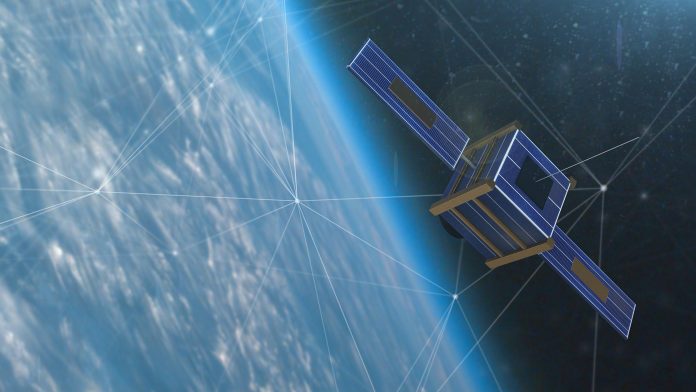Dr David Carroll, President of CU Aerospace, introduces the organisation’s latest small satellite innovations, developed in accordance with changing industry requirements.
To provide a ‘responsible space’ option to existing and future satellite manufacturers, Champaign-Urbana Aerospace (CUA) has developed multiple innovative micropropulsion systems that represent tipping point technologies for future integration and flight on micro/nanosatellites.
The CUA family of micropropulsion systems provide a broad range of capabilities, from high thrust to high specific impulse, to best suit the needs of the customer. Advantages of onboard propulsion include:
• Collision avoidance;
• Orbit raising and lowering;
• Inclination change;
• Rendezvous;
• Drag makeup and orbit maintenance; and
• Deorbiting at end of satellite useful life.
Collision avoidance and deorbiting satellites dramatically help to avoid the escalation of the growing orbital debris problem, which ultimately could lead to what is known as the ‘Kessler syndrome’ – a catastrophic space scenario where there is so much debris in low Earth orbit that the probability of collision is so high that it is no longer safe to launch spacecraft into or through the debris field.
Cycle Automated Mass Flow (CAMFlow) technology: low-cost precision flow control
CUA’s newest product is the CAMFlow system, providing reliable and well-regulated flow control for electric propulsion systems. CAMFlow uses an innovative control scheme that enables stable operation using fixed frequency, Boolean valve states, even for the low flow rates necessary for sub-kilowatt Hall-effect thrusters. This methodology removes system complexity, places the onus of reliability on valve cycle life and combined with the fixed operational frequency, allows for a direct correlation between system life and valve cycle life.
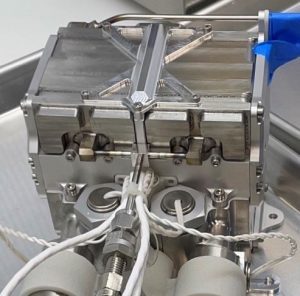
The CAMFlow control scheme was successfully tested and validated on a 600W Hall thruster. This included open loop, closed loop, and cold ‘hard’ start operations. The control valves were cycled > 120 million pulses while maintaining very low leak rate, thereby demonstrating long-life potential. CAMFlow units are presently focused on smaller Hall-effect or gridded-ion electric propulsion systems having a flow rate in the 0-10 mg/s range. However, the technology is widely applicable over a larger range of flow rates for a broader commercial market. The CAMFlow system will accept up to 2,500 psia of input pressure and control the output flow rate to < ±3%. By utilising less expensive space-rated components, CAMFlow technology provides a reliable low-cost flow controller that is well-suited for sub-kilowatt Hall/ion thrusters.
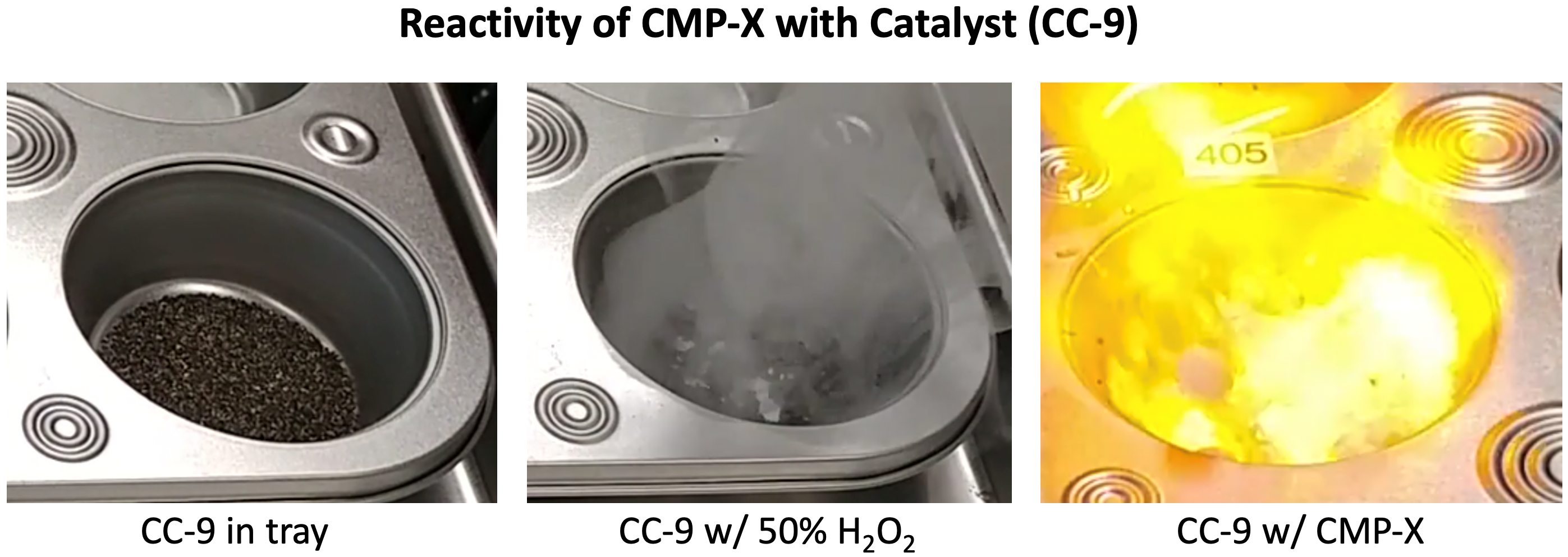
Monopropellant Propulsion Unit for CubeSats (MPUC): a safe high thrust option
CUA’s newest in-Space propulsion technology being developed is a high thrust option using an ethanol and hydrogen peroxide monopropellant mixture. This monopropellant, designated CMP-X is a non-detonable yet energetic COTS formulation that possesses many system-level advantages over legacy monopropellants (such as hydrazine) including lower cost, lower thermal load (approximately 950°C flame temperature), water-like viscosity, and common materials compatibility. CMP-X is designed as a monopropellant option for customers who can accept a modest performance trade-off for the advantages of lower cost, easy transportability, considerably fewer range safety concerns, longer continuous thrust burns, and lower flame temperature, resulting in considerably less thermal soakback into the spacecraft. CMP-X retains the ability to scale in thrust magnitude and requires minimal catalyst bed warmup time.
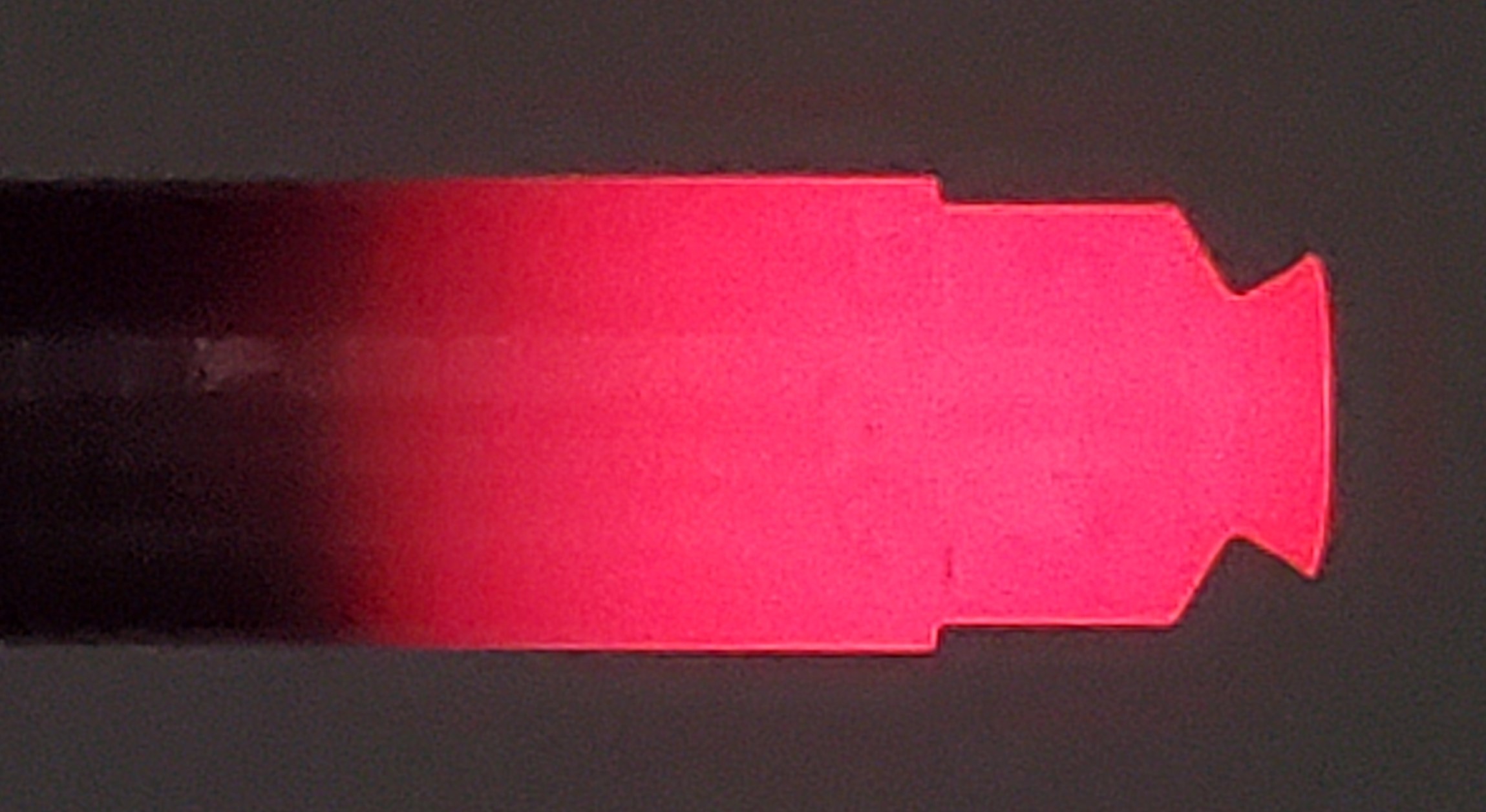
Thrust stand tests achieved thrust levels >0.5N and specific impulse >180s with an average input power of approximately three Watts, for hot fire burns typically spanning >10 minutes. MPUC designs comprise a complete propulsion system technology for CubeSats and other small satellites. A conceptual system projects approximately 2,500 N-s of total impulse for a 2L-sized package. Other advantages include:
• The thrust can be throttled;
• The thruster and system are scalable for high thrust greater than 10s of Newtons;
• The monopropellant is non-detonable, non-explosive, and has received UN 1.4S transportation classification;
• Attitude control thrusters can be readily added; and
• CMP-X is well-suited for larger CubeSats and small satellites.
Dual Propulsion Experiment (DUPLEX) CubeSat: 2-for-1 flight demonstrator
NASA’s Space Technology Mission Directorate (STMD) has funded CUA for the design, fabrication, launch and in-space demonstration of the DUPLEX CubeSat. DUPLEX is a 6L-sized satellite that will test two of CUA’s innovative micropropulsion technologies in space to provide flight heritage for these systems. CUA’s Distributed Inertial Sensor Integration (DISI) Kit is also being integrated into DUPLEX. Launch of the DUPLEX spacecraft is expected in the third quarter of 2022.
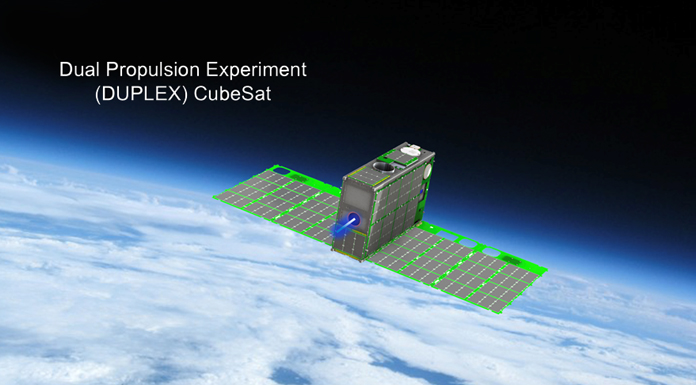
The Fibre-fed Pulsed Plasma Thruster (FPPT) and the Monofilament Vaporisation Propulsion (MVP) systems that are onboard DUPLEX both use polymer fibres as their propellant, eliminating the need for any pressure vessel or expensive microvalves, and thereby dramatically lowering cost. MVP uses a low-power resistojet to vaporise Delrin and provide continuous thrust with a specific impulse of 66 s, while FPPT vaporises Teflon and accelerates the resulting ions using a high-energy eight-microsecond pulse, providing a very high specific impulse of 3500 s. A one-litre sized MVP has a total impulse of 280 N-s, which can be an excellent option for CubeSats desiring orbit maintenance and/or deorbit capability. The FPPT, through its electromagnetic short-pulse discharge, provides a dramatic increase in total impulse to > 28,000 N-s in a 1.7L sized package, which can be an excellent option for CubeSats desiring extended orbital manoeuvres, deorbiting, and even deep space capability. The DUPLEX flight demonstration will significantly lower risk for future customers by providing flight heritage for the MVP and FPPT systems, raising their Technology Readiness Level (TRL), and thereby increasing the commercialisation potential of CUA’s innovative thruster technologies.
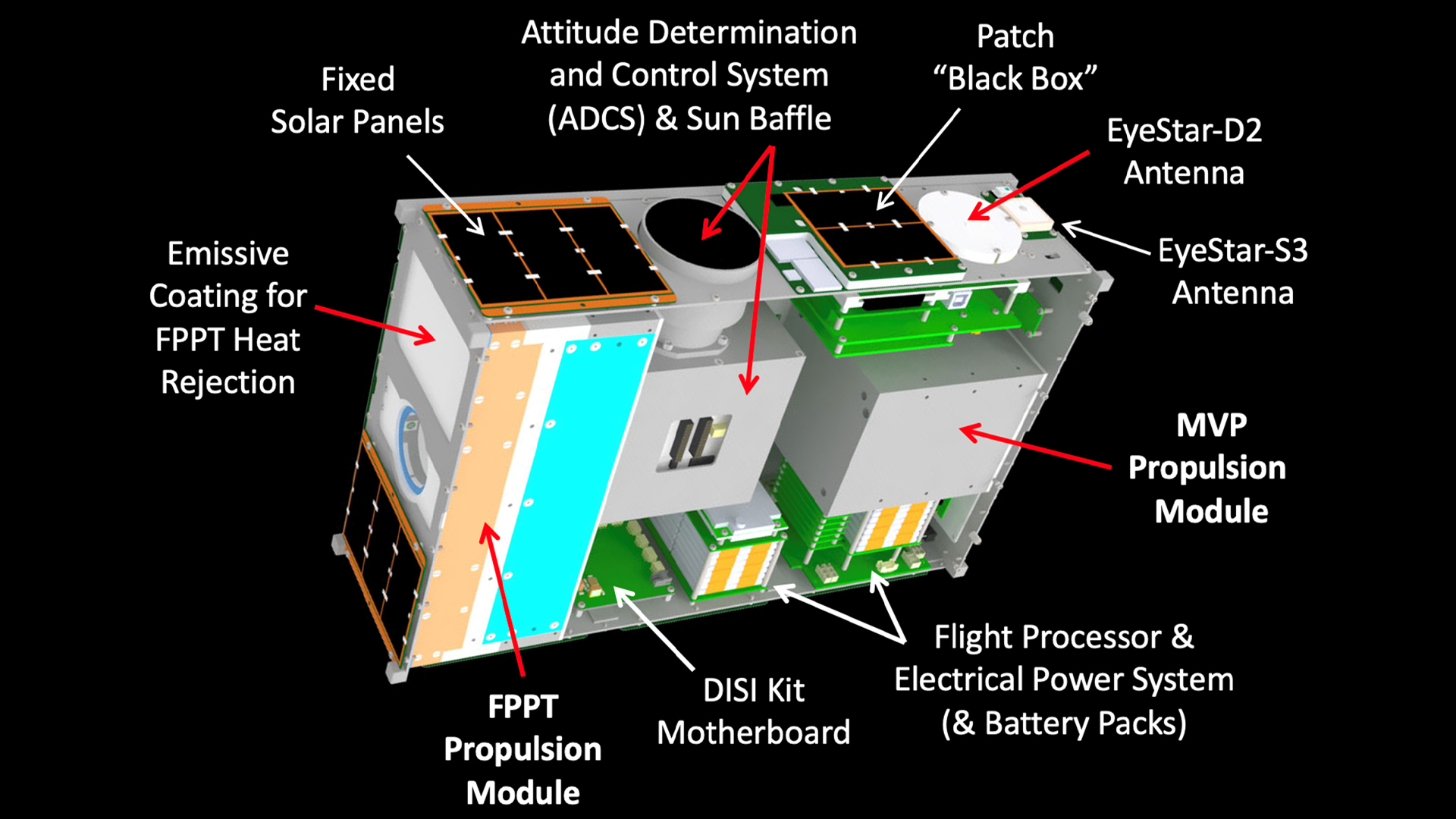
Future vision
CUA’s developing family of micropropulsion systems will help the industry to provide a responsible and sustainable space environment in which the growing number of satellites can safely coexist. The CUA family of low-cost system options provide a broad range of capabilities, from high thrust to high specific impulse to best suit differing customer mission needs. Further, affordable propulsion options will enable future satellites to perform collision avoidance and deorbiting manoeuvres to impede the escalation of the growing orbital debris problem, and thereby avoid the catastrophic Kessler syndrome space scenario.

